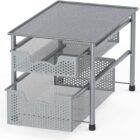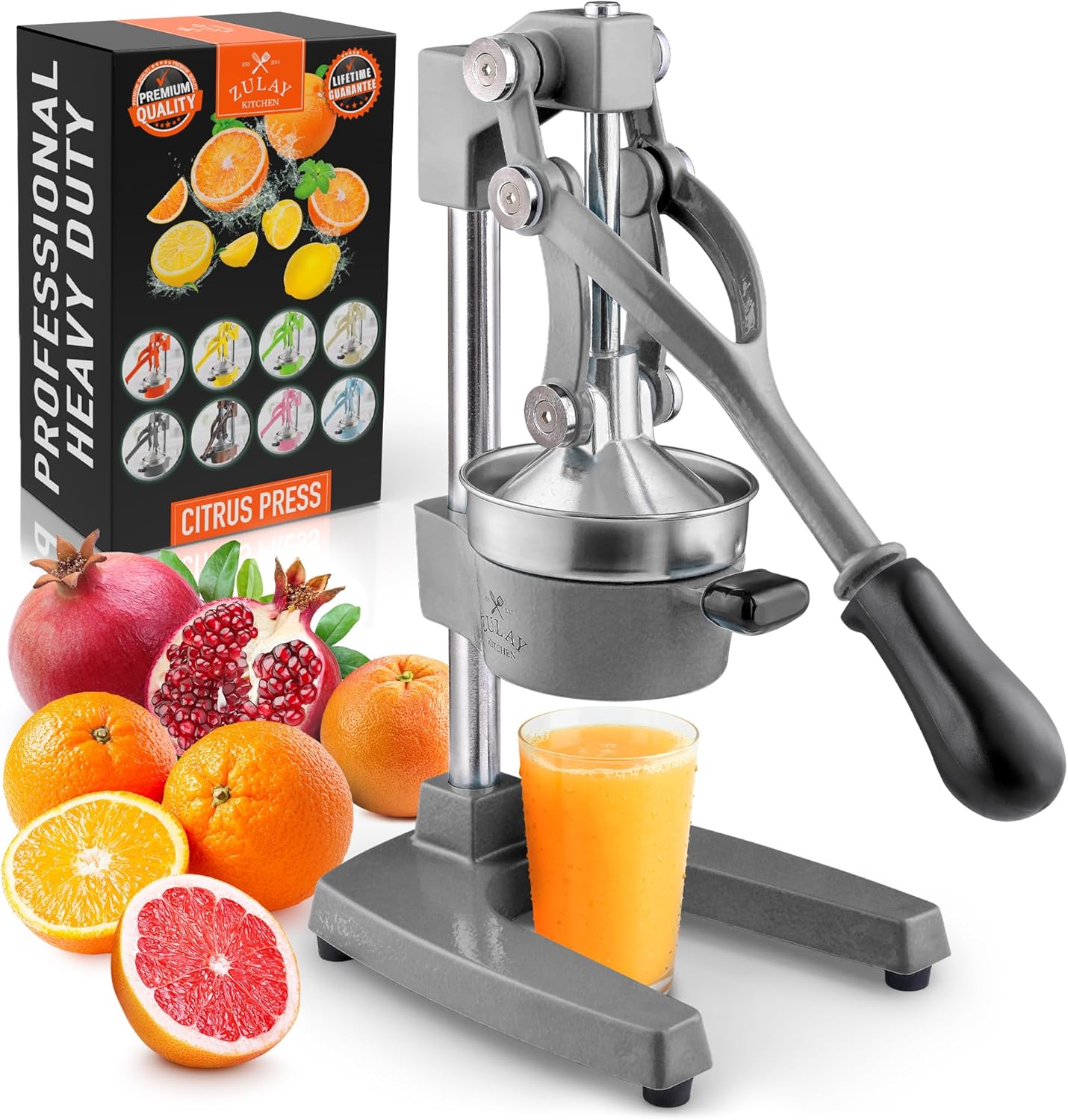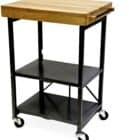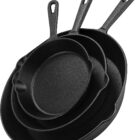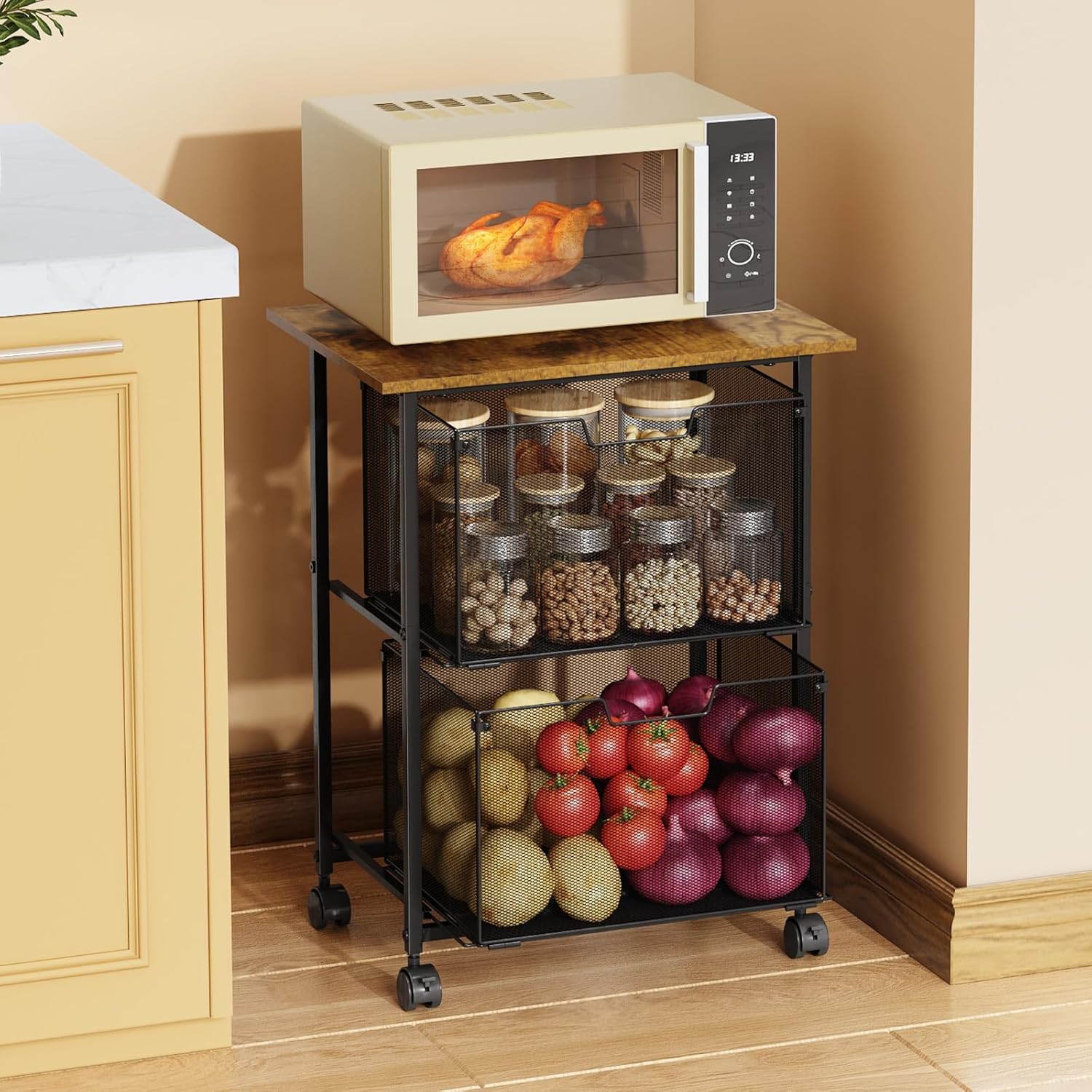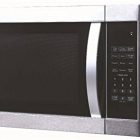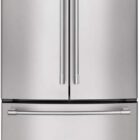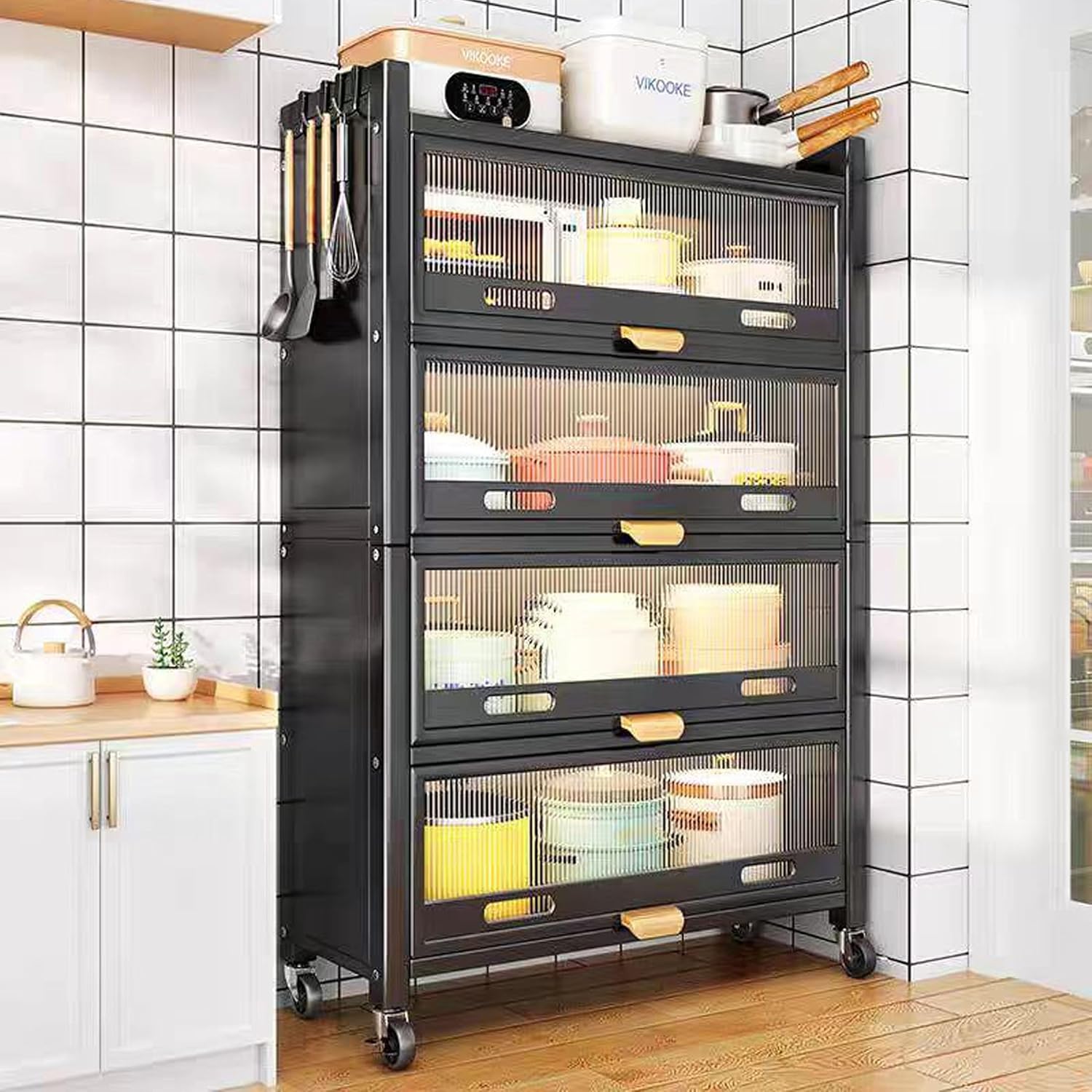Undoubtedly, a high-functioning kitchen faucet plays an integral role in bringing ease to the cooking chores. Starting from cleaning the soiled vegetables to dishes, this kitchen fixture serves different purposes. But over time, due to inadequate maintenance, the kitchen faucets can cause hefty problems. Whether the faucet’s water pressure has become low or you are experiencing leakage issues, consider replacing it.
But, before installing a new kitchen faucet, make sure to hire an experienced plumber. Because, sometimes, for consistent usage, certain faucet parts like lever or spray can become defective. In certain circumstances, the homeowners don’t have to install another kitchen faucet, and replacing the faulty parts will resolve the problem.
Even sometimes, you might face difficulties in acknowledging whether the kitchen faucet needs replacement or not. Thus, it will be better to leave the faucet detection and replacement part to the plumbers.
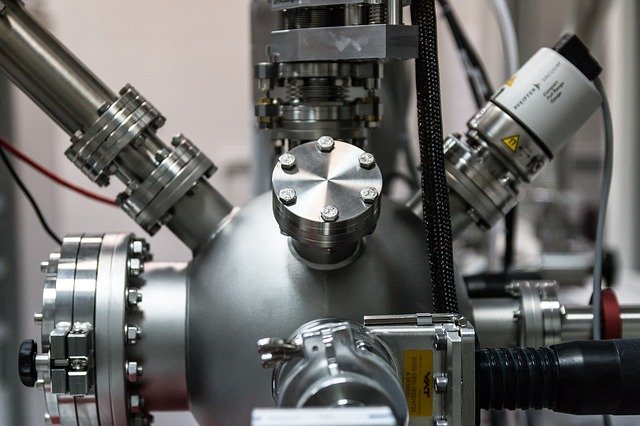
Moreover, if you don’t have enough plumbing experience, it might take 6-7 hours to replace a kitchen faucet. Also, it’s important to acknowledge the tools that are required for the faucet replacement. You might have tools like wrenches or screwdrivers, but that’s not enough.
So, consider scheduling an appointment with a veteran plumber to install a new faucet without taking any hassle. With their years of experience, they can complete the faucet replacement works within an hour or two.
Whenever you notice corroded drain pipes or rust formation in the faucet, opt for an instant replacement. And, here are the steps that the plumbing service experts follow while changing the leaky faucet with a new one:
-
Start with Removing the Drain Lines
Usually, the plumbers opt for taking out the kitchen faucet’s drain pipes and P-traps in the first place. But, before disconnecting, the professionals check whether these two components are restricting water from coming out of the faucet.
Additionally, it’s also important to evaluate the water supply pipes of this plumbing fixture. After removing the P-trap, make sure to put a bucket immediately to prevent water wastage. Then, the plumber services in Dubai proceeded to remove the kitchen faucet.
-
Replace the Shutoff Valves
While replacing the kitchen’s faucet, the plumber looked for the under-sink shutoff valves as well. Usually, this plumbing unit helps the homeowners to avoid water dripping-related issues. When these shutoff valves become damaged, coming across water leakage issues are pretty common. In certain circumstances, the plumbing specialists recommend installing new shutoff valves.
But, sometimes, it becomes difficult to understand whether the shut-off valves need to be replaced. Because, at times, the water might stop dripping from the kitchen faucet after a while. For this reason, you should always hire a plumber before replacing this plumbing device’s valves. And, based on the pre-installed supply lines, these experts install valves that will fit with the faucet. For instance, if you have copper supply lines, the plumbers will install right-size compression fitting valves.
-
Change the Supply Tubes
Right after that, the plumbers check for the wear and tear in the kitchen faucet’s supply tube. And, if there are any leaks, the plumbing service experts consider replacing the supply tubes immediately. Most homeowners tend to think that every faucet contains the same kind of supply tube.
But, that’s not completely true! Because, based on the type of the kitchen faucets, you might need to install soft-copper, flexible copper or braided supply tubes. You can opt for installing stainless steel-sleeved supply tubes, and those are durable and affordable.
-
Remove the Garbage Disposer
After replacing drain pipes, shut off valves and supply tubes, the plumbers disconnect the garbage disposal from the sink. And, before removing it, these experts turn off the circuit breaker; that’s important to avoid electrical hazards. Then, the plumbing service experts will take out the dishwasher’s discharge line and place a bucket under the disposer.
Look for the retaining ring of the disposer and move it counterclockwise. It will help you to disconnect this home appliance from the kitchen sink. But, if the ring doesn’t come out, take a hammer and consider tapping on it. Within a few minutes, the ring will eventually become loose.
Is it Necessary to Disconnect the Water Supply Lines while Replacing the Valves?
Yes! If the kitchen faucet comes with valves, it’s important to cut off the existing water supply lines. And, for that, the plumbers use tools like tube cutters and hacksaws. If you have removed the kitchen faucet, make sure to drain the water before proceeding to the next step.
-
Take a Basin Wrench and Unmount the Tailpiece Nuts
After removing the water supply lines, the plumbers usually remove the sink’s tailpiece nuts. And, for that, these experts use basin wrenches, place that over the nuts and move them counterclockwise. Right after that, they look for the spray nozzle hose and opt for removing it immediately. Once it’s done, it becomes easier to remove the faucet from the kitchen sink. Make sure to keep the sink area contamination-free before installing the new one.
-
Install a Flange on the Faucet Opening
Though placing the flange seems to be an easy task, many homeowners have found it time-consuming. For installing the new kitchen faucet, the plumbers first place a flange over the sink. Before tightening the flange nuts, make sure it’s in the right alignment. Moreover, there’s no need to implement any tools for tightening the flange nuts.
A flange usually is installed between the faucet and the sinkhole. But, check whether you have the right type of flange for the kitchen faucet. Or else, you might experience water leakage issues after installing the faucet. Make sure to mention the faucet’s brand while contacting a leading plumbing service company.
-
Tightly Mounts the Faucet’s Nuts
Usually, the plumbers next check whether there’s any leak in the new kitchen faucet before placing it. Then, these professionals take the feed lines and insert them through the flange and the kitchen’s ink holes. Next, the plumbers install the kitchen faucet’s washer and mount the faucet’s nuts that are below the sink. And, you also have to place the faucet’s supply tubes in the right position with a wrench.
-
Connect the Spray Hose with the SupplyTube
An experienced plumber will then pass the spray nozzle line through the kitchen faucet’ body. And, then you have to pass the spray hose from the supply tubes and tighten it properly. Make sure both the spray nozzle and the hose are connected properly with the faucet. Because, sometimes, not tightening these plumbing units can lead to water leakage-related scenarios. If the spray hose is leaking after installing it, unmount it from the faucet. Take a wrench and opt for mounting the hose to the faucet.
-
Attach the Supply Tubes with Supply Lines
The plumbers then focus on installing the new valves with the kitchen faucet’s supply tube. Right after that, these experts take the feeder lines and measure their length properly. Because feeder lines are usually larger and there’s no need to install such a substantial-sized unit. The plumber usually takes the measurements from the faucet to compression nuts before cutting the feeder lines.
Additionally, you have to remove the dust buildup from the copper tubings using sandpaper. But, don’t provide excessive pressure while cleaning it; that might damage the tubing. And then, connect the nuts of the compression rings and valve’s body with the piping system. Make sure to close the kitchen’s faucets valves and turn on the water supply next. Check whether the faucet is working after performing the replacement jobs. Don’t forget to reinstall the garbage disposer, drainpipes and P-tarps with the help of professionals.
Which Tools and Materials the Plumbers Use for Replacing the Kitchen Faucet?
Usually, a competent plumber uses plenty of tools for the house’s kitchen replacement projects. These include a basin wrench, multipurpose screwdrivers, slip joint pillars, handsaw, tube cutter and a hammer as well. But, before hiring a professional, make sure to arrange the necessary materials that are required for replacing the faucet. You will need a new P-trap, supply tubes and lines, faucet, and buy drain pipes also. So, don’t wait; replace the faucet by reaching out to the top-ranked plumbers now.
Also Recommended: 6 Important Beginner’s Plumbing Techniques for You


